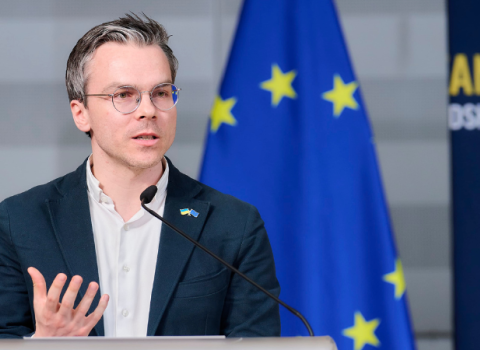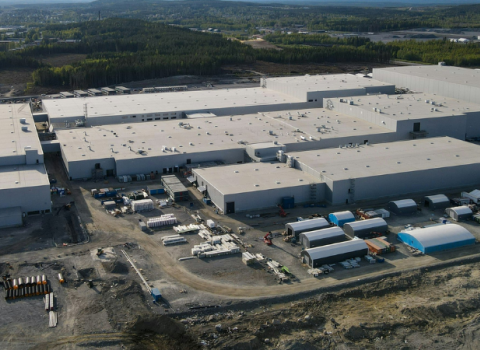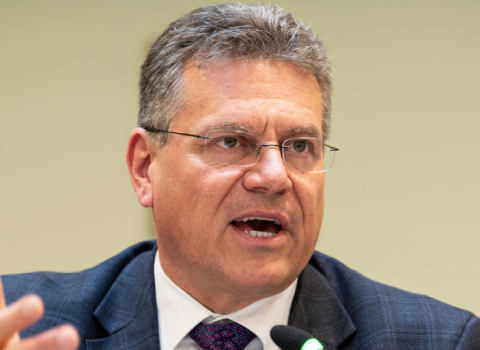
Image courtesy Boston Power
DOE grants to photovoltaics
Related article
She added that getting the funds also could be a make or break decision for whether her company remains in Massachusetts, or in the United States, for that matter. The plant could be a coup for both the company and the state in terms of both cleantech and advanced battery technology, because almost all lithium-ion batteries in the world are made in Asia now.
Daunting process
But applying for the funds was a daunting process for her company, which has 120 employees in the United States. “We had a frantic time. We ran our business, and found some additional help to put together a 1,000-page proposal. The time from the published guidelines and requirements to submission was 60 days, which is very, very short.” This is the first time the venture capital-backed company has applied for government grant money.
Lampe-Onnerud described the application process as a massive undertaking that required detailed plans such as finding a site (several states were courting the company at the time it was preparing the grant), then creating a detailed layout and planning the factory. Though not required by the application process, she also wanted to provide a demonstration of the power of the technology. The company bought a Ford Escape from a local car dealer, took out the battery, and used its own product to increase the energy onboard 700 per cent, she said. “We took it from running a few miles to now routinely running 40 to 60 miles on battery-electric. We had that car operational in 30 days,” she said. “We needed to create data very quickly to demonstrate the viability. The market [for the batteries] is very young in transportation.”
She added that the process has opened up new business relationships, ones that she could only think of if she had extra money, such as the automotive batteries. “We decided that this is about an opportunity so large, it could play a huge role in how US industry shapes up,” she said.
Then came the roadblock
Boston-Power’s ambitions hit a roadblock in August, when the company was notified it did not get the stimulus money it had hoped for. Instead, rivals including A123Systems Inc., of Watertown, Massachusetts, which is building a car battery factory in Michigan, will get up to $249.1 million in funding.
A Boston-Power spokesman said, “Boston-Power considers it a missed opportunity that it didn't receive stimulus funding earlier this month. It had a shovel-ready project and was ready to go with a facility in Auburn (Massachusetts) that would have produced 3 million cells per month – the equivalent of 50 megawatt-hours – when fully operational, as soon as two years. That would have brought 600 direct jobs to Massachusetts and another 2,000 indirect jobs throughout the 'ecosystem.'”
“While it wasn't in the cards this time around, there may be other federal funding programs that could support Boston-Power's hope to bring some of its manufacturing to the United States,” he added. “Without federal funding assistance, Boston-Power's growth in mass production will likely remain in Asia (Taiwan and China). Those governments, in particular, are aggressively courting the company.”





 A unique international forum for public research organisations and companies to connect their external engagement with strategic interests around their R&D system.
A unique international forum for public research organisations and companies to connect their external engagement with strategic interests around their R&D system.